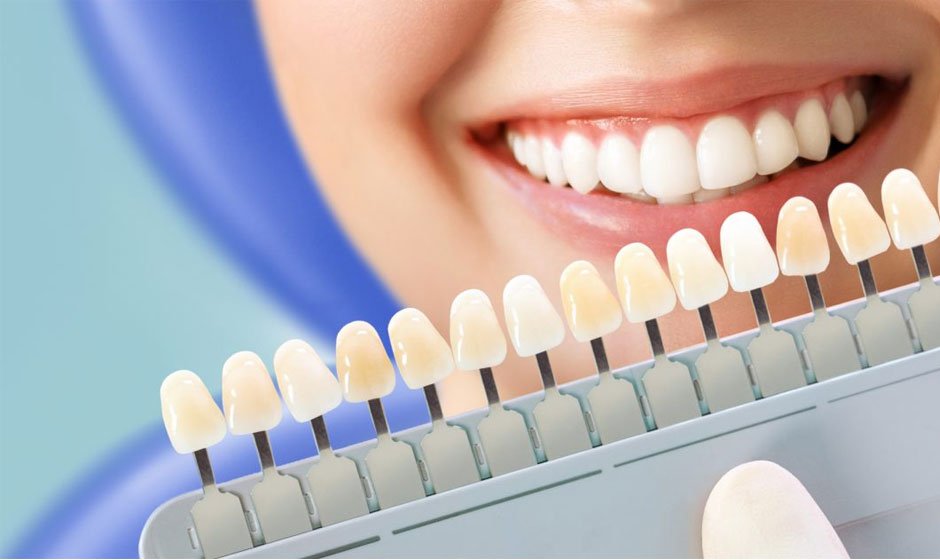A Guide to Safe and Effective Dental Whitening

Doing-it-yourself teeth whitening is possible, but it is essential to follow directions exactly. Swallowing too much hydrogen peroxide could result in mouth irritation and gas embolisms (air bubbles that form in soft tissues).
Professional teeth whitening involves applying a gel for 30-60 minutes each day over two weeks to the surface of your teeth before adding fluoride treatments to help remineralize tooth enamel and strengthen its strength. Professional dental whitening is the safest and most effective option for lasting results.
Preparation is Key
When it comes to teeth whitening, many people turn to the internet for help. Pinterest in particular is packed with “do-it-yourself” ideas that seem too good to be true; yet many may pose potential dangers to the health of your smile.
Activated charcoal is an increasingly popular home whitening method that involves applying a black mixture directly onto teeth. The American Dental Association cautions that activated charcoal may erode enamel over time.
Home remedies dentists don’t advise are using sea salt and vinegar, or rubbing your teeth with wood ash from the fireplace as ways to whiten. Both methods can damage enamel, leave uneven spaces between teeth and create sensitivity issues – they also create unnecessary unevenness when it comes time for you to visit a dentist and maintain results over time. Instead, ask about over-the-counter whitening options or professional services available that can help maintain them.
Don’t Overdo It
White teeth can help increase confidence. But too much bleaching may cause them to look chalky or marred with white spots; in these instances it’s wise to consult a dental professional for assistance in correcting this problem.
Before choosing any whitening method, it is wise to consult your dentist regarding what results to expect and which method would be appropriate for your situation.
After receiving a whitening treatment, it is also essential to avoid foods and drinks which cause staining, such as coffee, tea, red wine, dark juices and cola which all stain teeth. Avoiding these items and rinsing with lukewarm water after treatment can help avoid future staining issues. It is also wise to limit chewy food such as gum after whitening treatments as this could damage and discolor teeth further.
If you check out this dentist in Punta Gorda, FL now, they’ll tell you that for long-term results, maintaining your newly whitened smile requires a consistent oral hygiene routine. Beyond avoiding staining foods, regular brushing with a whitening toothpaste, daily flossing, and using an alcohol-free mouthwash are essential steps. Combined with routine dental checkups and professional cleanings, these habits will help you preserve the brightness of your smile and protect your overall oral health for years to come.
Don’t Forget Your Gums
Whitening treatments typically consist of applying gel-filled trays over your teeth that contain peroxide-based bleaching agents that break down stains and whiten your enamel. Some trays may even come equipped with LED lights to speed up this process.
Tooth sensitivity and tissue irritation are the two primary side effects of teeth whitening, though both often resolve within a few days of finishing or stopping the bleaching process.
To combat tooth sensitivity, try using sensitivity toothpaste and cutting back on acidic foods like coffee and citrus fruits. Furthermore, mouthwash containing oil (typically coconut) may help stifle decay-promoting bacteria growth while decreasing inflammation around your gum area – your dental team can assist in finding appropriate products to keep your smile healthy.
Stay Healthy
Maintaining good dental hygiene is one of the best things you can do for both your teeth and overall health. While brushing twice daily and flossing once weekly should come as second nature, practicing good oral health also involves limiting sugary food, chewing gum after meals and using sugarless toothpaste – among many other practices.
Teeth whitening is an easy and safe way to reverse discoloration from food, beverages, smoking and the natural aging process. Plus it can give an extra boost of self-confidence by showing others you take pride in your appearance!
While home remedies such as brushing with sea salt and apple cider vinegar can provide temporary results in terms of whiter teeth, such as those caused by tobacco use or eating stain-causing foods or beverages can have lasting impacts that cannot be completely reversed by these methods. It’s also important to keep in mind that they cannot completely remove extrinsic stains such as those caused by nicotine use or food consumption that cause extrinsic staining such as smoking cigarettes or consuming stain-producing drinks and food products.



